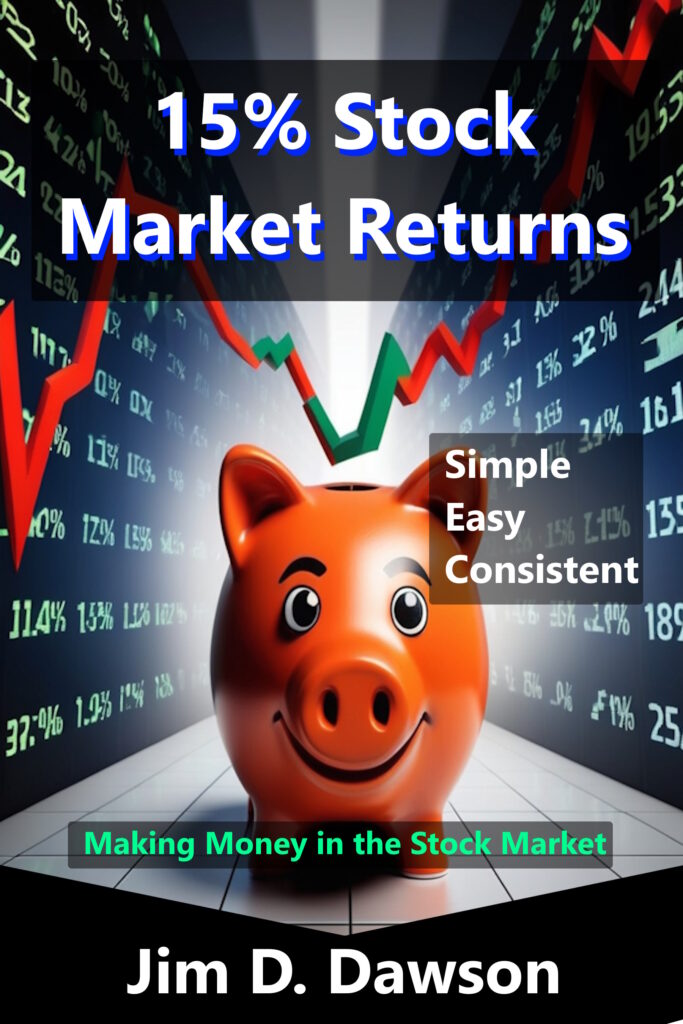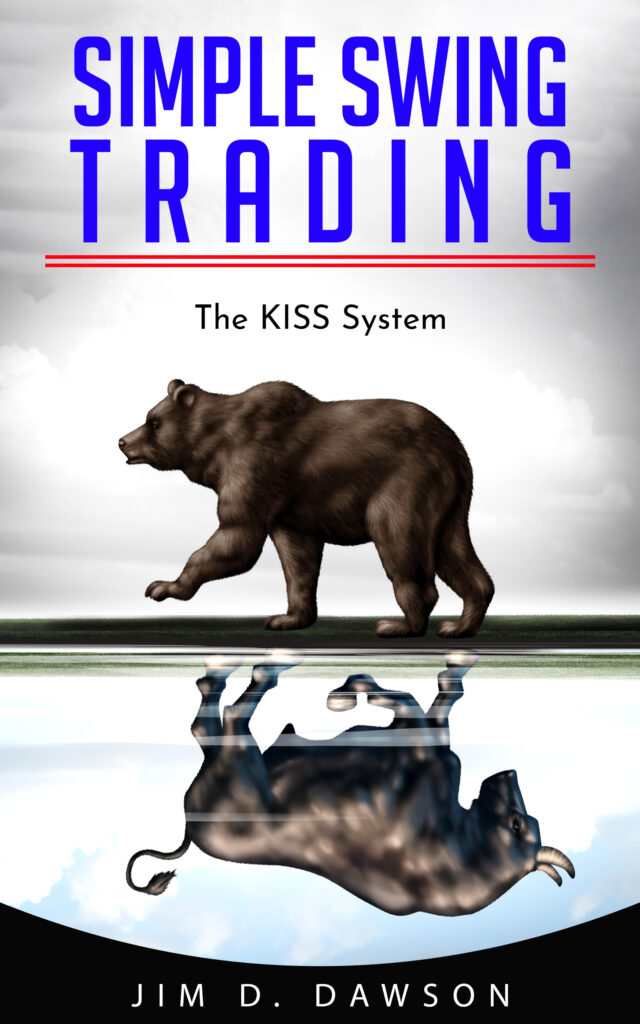Earnings reports are one of the most significant and anticipated events in the stock market. These quarterly financial disclosures give investors and analysts insight into a company’s profitability, revenue, and future outlook, often causing sharp price movements in the underlying stock. For options traders, earnings reports present both opportunities and risks, as these events can dramatically impact option prices. Understanding how earnings reports affect option pricing is crucial for traders looking to capitalize on volatility while managing the inherent risks.
This article explores the relationship between earnings reports and option prices, focusing on key concepts such as implied volatility (IV), price movement, volatility crush, and different trading strategies surrounding earnings.
How Earnings Reports Influence Option Prices
Earnings reports tend to cause sharp movements in a company’s stock price, as they provide fresh information that can change investor sentiment and forecasts. As a result, options on that stock experience significant changes in pricing before and after the report. The two main factors that influence option prices in the lead-up to earnings are implied volatility and potential price movement.
1. Implied Volatility (IV) Surge Before Earnings
Implied volatility represents the market’s expectations for future price movement. Leading up to an earnings report, uncertainty increases as traders anticipate significant price swings based on whether the company beats or misses earnings expectations. This uncertainty leads to an increase in implied volatility, which in turn inflates option premiums.
Impact on Option Prices:
- Higher implied volatility before an earnings announcement increases the price of both call and put options. The closer the stock gets to its earnings date, the higher the implied volatility tends to rise. This means that options traders pay more for options in the days and weeks leading up to the report because the market is pricing in the likelihood of significant movement after the earnings release.
Example:
Suppose a company is about to report earnings, and there is widespread uncertainty about whether it will meet or miss expectations. As a result, the implied volatility on the company’s options increases, causing both call and put option premiums to rise. Even if the stock’s price stays flat in the days leading up to the earnings release, the inflated IV will still make those options more expensive.
2. Price Movement After Earnings Release
Once the earnings report is released, the stock often makes a large move, either up or down, depending on whether the results exceed, meet, or fall short of expectations. The size of this movement is referred to as the earnings surprise and can have a major effect on option prices.
Impact on Option Prices:
- If the earnings surprise is significant, the stock could make a sharp move, which can lead to substantial gains or losses for options traders. However, after the earnings announcement, implied volatility usually decreases rapidly, and the option premiums fall accordingly (a phenomenon known as volatility crush).
Example:
If a company reports earnings that greatly exceed expectations, its stock might rally, increasing the value of call options. Conversely, if the earnings miss expectations, the stock could decline, benefiting traders who hold put options. However, even if the stock moves in the direction a trader predicted, the option’s premium could still fall due to the sharp drop in implied volatility after the event.
Key Concepts: Volatility Crush and Implied Volatility Post-Earnings
1. Volatility Crush
Volatility crush is one of the most important concepts for options traders to understand when trading around earnings. After the earnings report is released, the uncertainty surrounding the stock’s future diminishes, leading to a significant drop in implied volatility. This rapid decline in IV is known as the volatility crush, and it can severely affect the value of options, particularly those that were purchased at inflated premiums before the earnings release.
Impact on Option Prices:
- The volatility crush reduces the option premium even if the stock moves in the expected direction. For example, a trader might buy a call option expecting the stock to rise after earnings. While the stock might rally post-earnings, the volatility crush could cause the option’s value to decrease because the inflated IV that initially raised the option price is no longer there.
Example:
Suppose a trader buys a call option on a stock with a strike price of $100, expecting a strong earnings report. The implied volatility before earnings is high, and the option premium is $5. After the company reports earnings and the stock rises to $105, the trader might expect the call option to be worth $5 in intrinsic value. However, if implied volatility collapses after the earnings report, the option’s price might only increase slightly, or even decrease, because the volatility premium has evaporated.
2. Implied Volatility Post-Earnings
Post-earnings, implied volatility typically returns to normal levels, as the uncertainty about the company’s performance is resolved. While the stock price may continue to move in response to longer-term factors, the options market’s expectation of significant price swings decreases.
Impact on Option Prices:
- Traders who hold options through earnings must be aware of this volatility contraction. Even if the stock moves in the predicted direction, the decline in IV can lead to smaller-than-expected profits, or even losses, on the options.
Example:
If a trader purchases a put option before earnings due to concerns about a potential earnings miss, and the stock price does decline post-earnings, the trader might still experience losses if the IV drops more than expected. In this scenario, the loss of the volatility premium offsets any gain from the stock’s decline.
Strategies for Trading Options Around Earnings
Given the impact of earnings reports on option prices, many traders employ specific strategies designed to take advantage of the potential price movements and volatility changes. Here are a few popular strategies:
1. Buying Straddles or Strangles
A common strategy leading up to earnings is to buy a straddle (buying both a call and a put option at the same strike price) or a strangle (buying a call and a put at different strike prices but the same expiration). These strategies are designed to profit from large price movements in either direction. The trader does not need to predict whether the stock will rise or fall, just that it will move significantly.
Advantages:
- You profit if the stock makes a big move in either direction.
- You are positioned to benefit from earnings surprises.
Risks:
- Both the call and put options may lose value due to volatility crush, especially if the stock does not move enough to offset the drop in IV.
2. Selling Options (Volatility-Based Strategies)
Some traders prefer to sell options before earnings reports, as they anticipate a volatility crush post-earnings. Selling options allows traders to take advantage of the inflated premiums caused by the rise in implied volatility.
Covered Calls:
Selling a covered call involves owning the underlying stock and selling a call option against it. If the stock doesn’t move significantly after earnings, the trader keeps the premium collected from selling the call.
Iron Condors and Iron Butterflies:
These are neutral strategies that involve selling options with the expectation that the stock price will not move significantly post-earnings. Traders profit from the premium decay and the drop in implied volatility.
Advantages:
- You profit from the volatility crush and premium decay.
- The stock doesn’t need to move much for these strategies to be profitable.
Risks:
- If the stock makes a large move, you could face substantial losses.
- Short options strategies have limited profit potential but can incur unlimited losses if the stock moves significantly in one direction.
3. Directional Trades: Buying Calls or Puts
Traders who are confident about the direction the stock will move after earnings might buy calls or puts. This is a high-risk, high-reward strategy where you are betting that the stock will move significantly in your chosen direction.
Advantages:
- Large potential upside if the stock moves in your favor.
- Relatively simple strategy for directional traders.
Risks:
- Volatility crush can reduce the profitability of the trade, even if you correctly predict the direction.
- If the stock doesn’t move enough, the option can lose value quickly due to time decay.
Conclusion
Earnings reports are a powerful driver of stock and option prices, presenting both opportunities and risks for options traders. The sharp price movements and volatility spikes associated with earnings can offer significant profit potential, but they also carry the risk of volatility crush and premium decay. By understanding how earnings reports impact implied volatility and option prices, traders can make more informed decisions and deploy strategies that align with their risk tolerance and market outlook.
Whether you’re buying options to profit from a potential move or selling options to take advantage of inflated premiums, having a solid understanding of the dynamics surrounding earnings reports is crucial for success in options trading.



